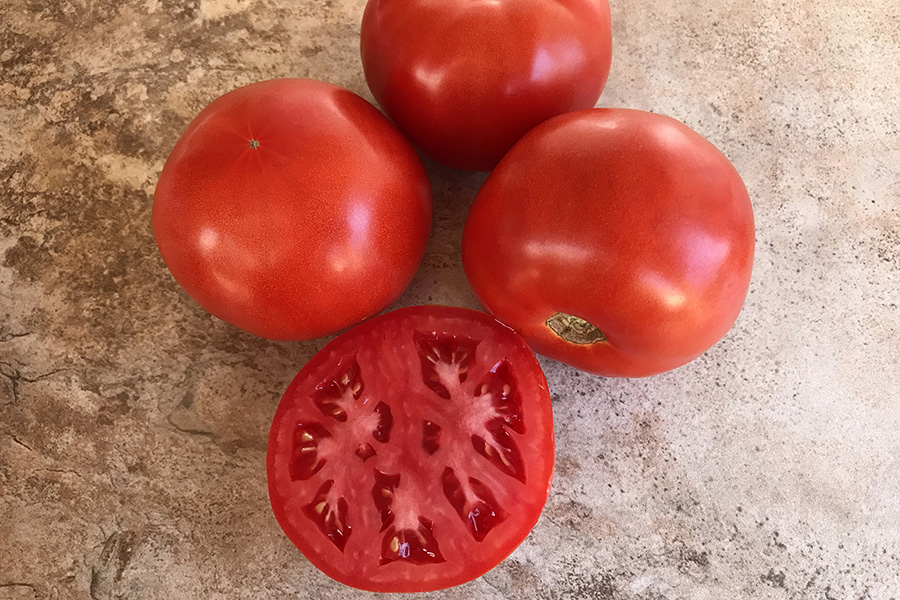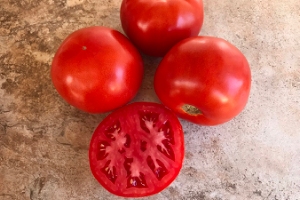
STM2255
STM2255 is a very versatile and adaptable variety with high yield potential and good vine-ripe flavor. Fruit are an attractive red color, firm and have a good shelf-life. Can be used for both mature green and vine ripe markets. Plants are medium tall, have mid cover and benefit from pruning. Has potential to be used in multiple slots and regions across the eastern USA.
| V44086 : STM2255 | ||
|---|---|---|
| Treatment | * Pkg Size | ** Price (USD) |
| Treated | 100 seeds | $32.25 |
| Treated | 500 seeds | $123.85 |
| Treated | 1M seeds | $206.35 |
| Treated | 5M seeds | $937.75 |
| Treated | 25M seeds | $4,465.00 |
| Treated | 100M seeds | $17,005.00 |
|
* M = 1,000 ** US customer prices shown in USD. *** Canadian customers, please log in to see CA prices in USD. |
||
Fusarium Crown and Root Rot
Fusarium Wilt (1,2)
Gray Leaf Spot
Tomato Spotted Wilt
Tomato Yellow Leaf Curl
Verticillium Wilt (1)
Attributes
Growing Tips
- Planting
-
Sow in greenhouse 4 - 6 weeks before desired planting date. Allow plants to adjust to field conditions for 48 hours before transplanting. Plant transplants up to 6 inches deep.
Planting Guidelines - TomatoApproximate Seeds per Pound:140,000 - 165,000Seeding Rate per Acre by Weight:0.8 - 0.8 ozSeeding Rate per Acre in M (1,000):7.6 MSeeding Rate Seeds per 1,000 foot of Row:667Seed or Plant Spacing In Row:18"Seed or Plant Spacing Between Rows:48"Seed or Plant Spacing Depth:.25 - .5"Recommended Soil Temperature:60 - 75°FDays to Germination:7 - 10
- Management
-
Staking and pruning plants are an important management practice. Staking and pruning allows the plant to concentrate on fruit development and also ensures less damage when harvesting fruit. Staking also keeps fruit from setting on the ground. Grow plants on raised beds with drip irrigation. Scout weekly to ensure crop quality. Consult the Midwest Vegetable Production Guide on identification and treatment.
- Harvest
-
Harvest tomatoes when 60 - 90% red for fresh markets. Consult your buyers on what stage they would like their tomatoes harvested. However, please note that the more red the tomato the shorter the shelf life.
- Storage
-
Store at 50 - 60ºF and 85 - 95% humidity to ensure the longest shelf life.


